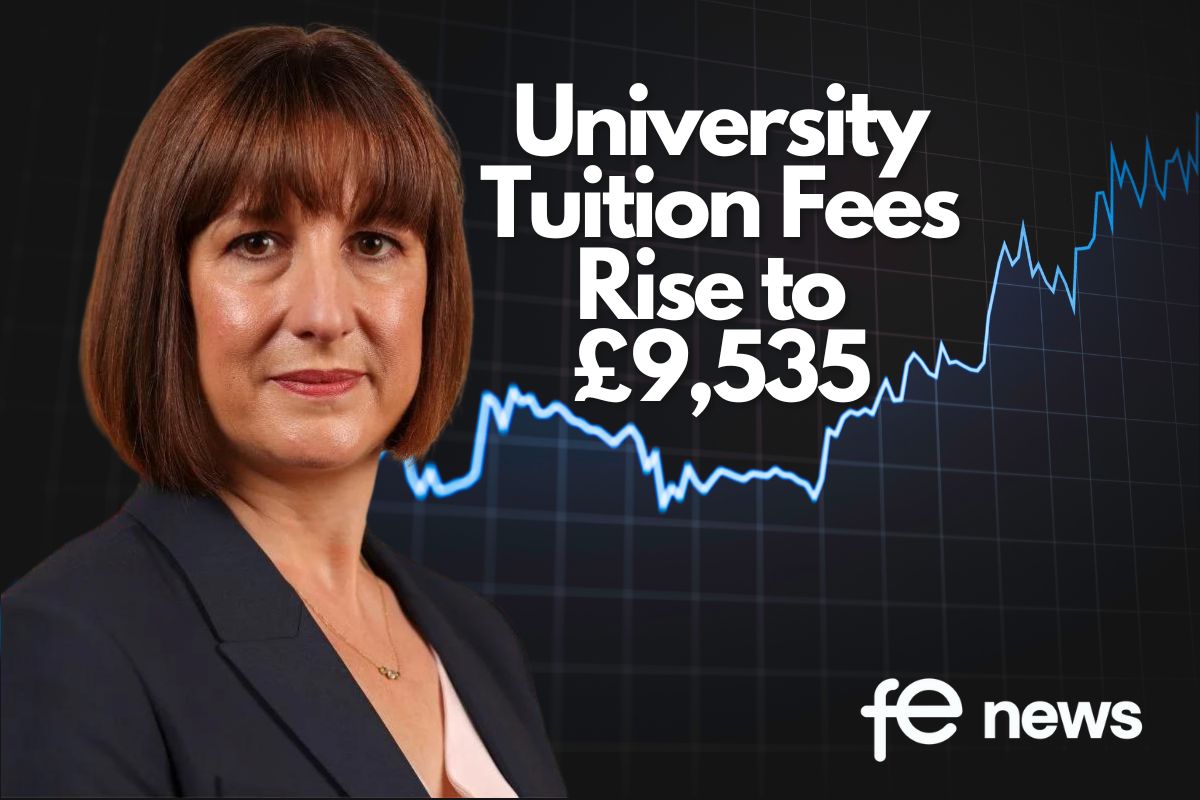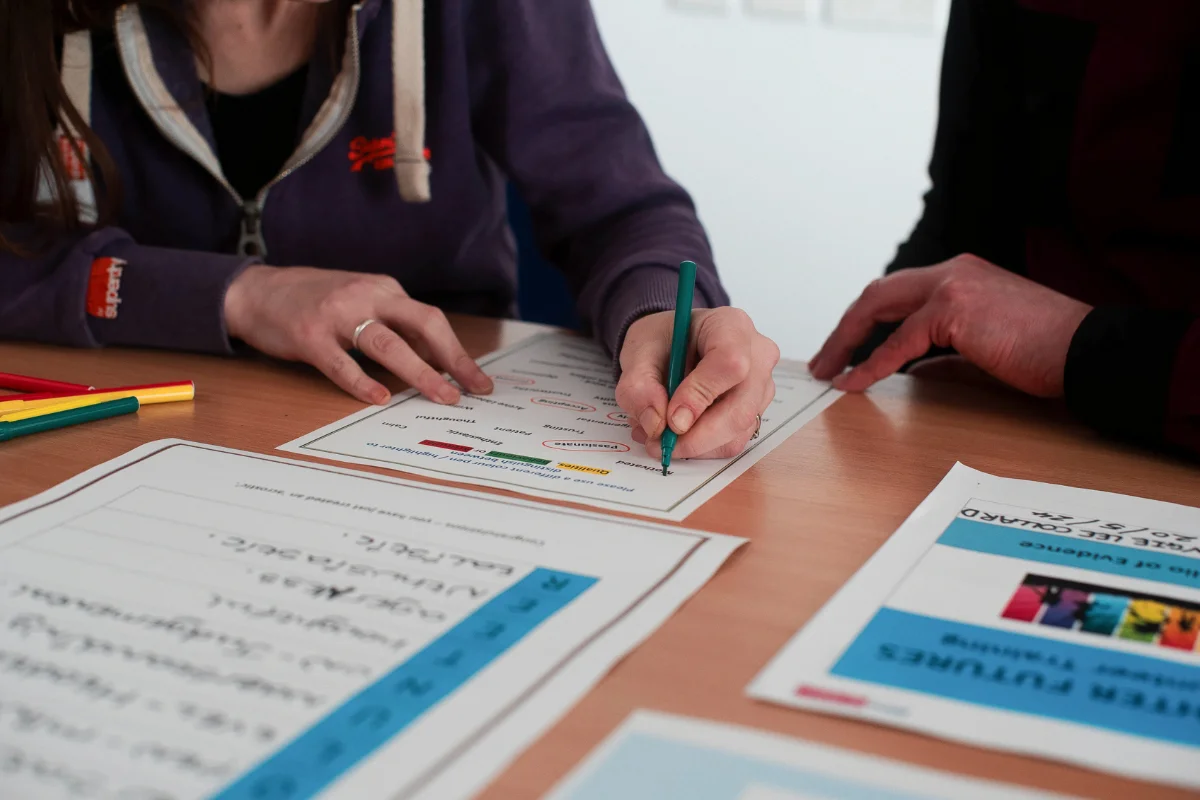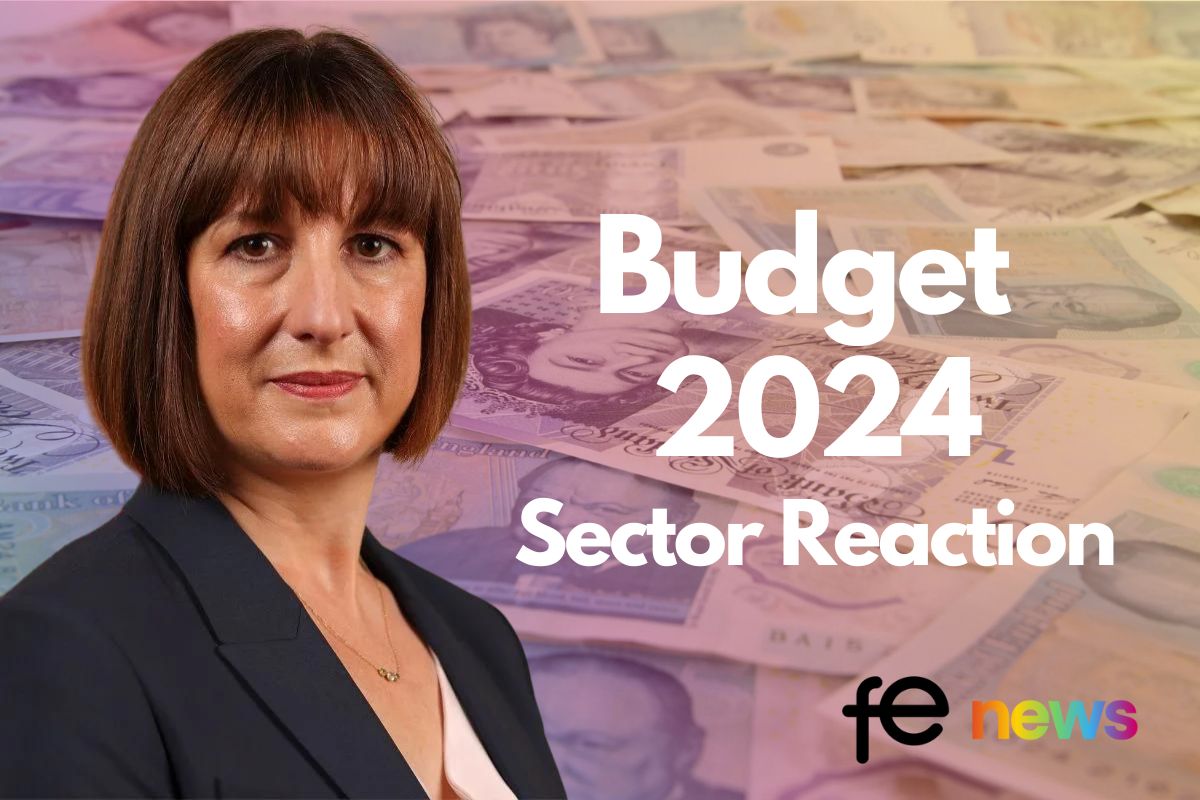Less than a thirds of schools’ Covid costs are met by government support

A new report by the Education Policy Institute (@EduPolicyInst) finds that less than a third (31%) of the additional costs facing schools as a result of the pandemic are covered by the government’s support fund.
The research finds that virtually all schools have had to spend more this year in order to operate in a ‘Covid-safe’ environment, with half of schools having to use their reserves and half unlikely to balance their budget by the end of the year.
The EPI analysis, which is based on responses from over 700 schools covering March to November 2020, distributed through the Association of School and College Leaders (ASCL) and the National Association of Head Teachers (NAHT), finds that almost all schools reported extra expenditure on PPE and cleaning supplies, while a large majority faced additional costs from signage, digital equipment and handwashing facilities.
Schools have also spent more on teaching staff this year and this is expected to increase considerably in the months ahead.
While the government has provided some financial relief to schools through its ‘exceptional cost fund’, EPI estimates that of the total Covid-related costs to schools in the country, the majority will not be met by the fund.
This means that many schools will still be facing a significant bill following the pandemic – a shortfall which amounts to £40 per pupil and which may force schools to make savings elsewhere. This shortfall is the equivalent of half the funding allocated by the Department for Education to schools to help pupils catch up with lost learning.
Significantly, while all schools have seen extra costs this year, these new findings indicate that the pressure of this additional expenditure will be felt most in schools with high levels of disadvantage.
Published ahead of the spring term, Assessing Covid-19 cost pressures on England’s schools demonstrates how these financial pressures are likely to have long-term consequences for schools.
While the Chancellor confirmed significant additional funding for schools in last month’s Spending Review, the report finds that because of the pandemic, schools are now likely to face growing challenges in both income and expenditure in the months ahead.
Key findings:
The extent of schools’ Covid costs
Almost all schools have incurred additional expenditure as a direct result of the pandemic, in order to make their premises ‘Covid-safe’.
- Virtually all schools reported extra spending on PPE (95%) and cleaning supplies (99%), while the vast majority faced increased costs in signage (83%), digital equipment (81%) and handwashing facilities (73%).
- Since the start of the March lockdown, on average, primary schools’ non-staff costs increased by around £13,000, and secondary schools’ nearly £43,000 (similar on a per-pupil level). Schools expect to spend a similar amount during the rest of the year.
- There has also been increased spending on teaching staff, and this is expected to rise over the next year. On average, primary schools spent an extra £9,000 on teaching staff, compared to £15,000 in secondary schools. On a per pupil level, this is twice as high in primary than in secondary. Extra expenditure on teaching staff was greatest in the most disadvantaged schools.
- In addition to increased costs, 9 out of 10 schools have seen their incomes fall with more affluent schools seeing the biggest reductions. These schools are more likely to miss out on voluntary contributions or income derived from hiring out their facilities.
- Despite these pressures, a quarter of primary schools and half of secondary schools did report making some savings, largely on utilities.
Government funding to support schools through the pandemic
Schools can apply to the government’s ‘exceptional cost fund’ to help meet Covid-related costs. However, the majority of schools’ costs have not been covered by this fund.
- Based on school survey data, EPI estimates that of the combined total of all schools’ Covid-related costs in England, just under a third (31%) will be reimbursed by the government’s exceptional cost fund.
- This means that the majority of total Covid costs borne by all schools (69%) must be met by other sources. This shortfall amounts to around £40 per pupil nationwide, which could force schools to find savings elsewhere. £40 per pupil is the equivalent of half the funding allocated to schools to help pupils catch up with lost learning.
- In some schools, these per pupil costs could be even higher, as some will receive less government support, while many schools will not qualify for any government support at all.
Pupil catch up: funding and costs
As well as non-staff and staff Covid costs, schools have also incurred costs on programmes to help pupils catch up with their learning this year.
- The government has committed £1bn to schools aimed at helping pupils catch up with lost learning: £650m for a ‘catch up premium’, and a separate £350m to create a National Tutoring Programme.
- School survey data reflects uncertainty around whether schools are likely to end up spending more on pupil catch up programmes than they receive in government funding via the £650m catch up premium.
- However, evidence suggests that disadvantaged schools are more likely to face a shortfall with their catch-up funding, as they can expect to spend more than other schools. EPI has called for the £650m catch up premium to be far better targeted: under the government’s current plans, a school in an affluent area receives the same funding as a school in a poorer area.
- A third of schools reported that they have made plans to pay for subsidised tuition via the National Tutoring Programme (25% of primary and 40% of secondary schools).
The outlook for schools’ finances
The additional costs incurred as a result of the pandemic are likely to lead to a deterioration in the financial health of schools
- Over half (57%) of all schools are now using their reserves in order to meet Covid-related costs.
- A similar proportion of schools (48% of primaries and 50% secondaries) do not expect to have balanced their budget by the end of the year, which would represent an increase of around 10 percentage points on 2018/19 (the latest year for which data is available).
- While the government confirmed a commitment to significant additional funding for schools in last month’s Spending Review, funding remains below historic levels, and there is now strong evidence that as a result of the pandemic, schools are likely to face significant challenges in both their income and expenditure in the months ahead.
Sector Response
 Paul Whiteman, general secretary of school leaders’ union NAHT, said:
Paul Whiteman, general secretary of school leaders’ union NAHT, said:
“This independent report confirms what NAHT has been saying since the summer, and provides compelling evidence of the financial impact of Covid-19 on schools. It also makes it abundantly clear that the government is expecting schools, with already fragile budgets, to pick up the tab for the majority of their Covid-related costs.
“School budgets were set before the pandemic hit and were already incredibly tight. None of the costs schools are now facing are optional. They have all been required by government – and indeed, are necessary to keep children and staff safe during this pandemic.
“The government has recently finally promised some limited financial assistance, but only for staffing costs, and only if schools have exhausted their financial reserves. It is bad business management to expect schools to hit rock bottom before they get a penny to help them with their overheads – it doesn’t allow for effective financial planning. And there is still no additional money to help schools pay for essentials like sanitiser, masks, soap and other cleaning products.
“The worry is that every pound that is diverted to pay for safety measures and the costs of just keeping schools open is a pound that can’t be spent on pupils’ education and wellbeing. Just as children really need every possible boost to make up for the disruption they’ve faced this year, they are being short-changed by the government. Government claims that they are supporting schools fully are clearly false.”
 Kate Green MP, Labour’s Shadow Secretary of State for Education, said:
Kate Green MP, Labour’s Shadow Secretary of State for Education, said:
“Schools are getting less support from the government now than they did in March. This is pushing them to make cuts in areas such as support for pupils to catch-up on lost learning, in order to fund safety measures during the pandemic.
“At this critical time in children’s education, this risks entrenching disadvantage and the damage that has been done to children’s learning this year.
“The government must now act on Labour’s call and review the funding available to cover schools’ additional Covid-19 related costs.”
 Dr Mary Bousted, Joint General Secretary of the National Education Union, said:
Dr Mary Bousted, Joint General Secretary of the National Education Union, said:
“Schools have been reimbursed for only a third of the money they have spent managing coronavirus with half of head teachers saying that they expected their school to be in deficit by the end of the financial year. It is likely that this is an underestimate as coronavirus spread so widely in the second half of this term causing even more disruption.
“The Government claims to want to build back better but that will not be possible if schools are bankrupted by coronavirus. Money was found to subsidise people eating out over the summer. Surely Government must see that sufficiently funding schools and colleges is of greater importance”.
Cllr Judith Blake, Chair of the Local Government Association’s Children and Young People Board, said:
“Teacher absences, mostly for self-isolation reasons and related caring responsibilities, are soaring and have even trebled in some areas, which coupled with a shortage of funds to pay for supply teachers could lead to more school closures in January.
“Arranging supply teachers to cover for teachers who are self-isolating is the biggest extra cost for most schools during the pandemic with headteachers’ concerns heightened due to the new strain of coronavirus which is spreading more quickly.
“While the Government’s new COVID-19 workforce fund, on top of the extra funding in the Spending Review, was helpful, it closed at the end of the autumn term and doesn’t plug the historic extra staffing costs schools have had to cover due to the pandemic, and is therefore too restrictive to benefit most schools.
“The Government needs to go further to help schools pay for the cost of the pandemic. Unless the COVID-19 workforce fund is re-opened, backdated and eligibility for it widened, more schools will have no option but to close after having spent their budgets on supply teachers, which will only serve to exacerbate growing attainment gaps.”
Bobbie Mills, report author and Senior Researcher at the Education Policy Institute (EPI) said:
“Our research reveals the scale of the financial challenges facing schools as a result of the pandemic. While the government has offered some additional funding to help schools deal with their growing Covid-related expenses, we find that the majority of their costs will not be met by this funding and will have to be covered by funds from elsewhere.
“This is a critical year for pupils, as they look to catch up with learning following significant disruption to their education. It is essential that schools are on a stable financial footing, with sufficient resources to support their pupils.
“Despite recent increases in school funding, budgets are likely to be under increased pressure as a result of the extra costs incurred this year, with schools serving disadvantaged areas facing some of the biggest challenges. The government needs to look at how it can offer further support to schools through this uncertain period.”
David Laws, Executive Chairman of the Education Policy Institute (EPI) said:
“This report shows that the government covered less than a third of the extra Covid costs incurred by schools this year, meaning schools will now be forced to make up this shortfall by making savings elsewhere. This could place other areas of school support at risk, such as programmes to help pupils catch up with any lost learning.
“We know that disadvantaged schools are already facing shortages with their pupil catch-up funding – pupils in these schools are more likely to require extra help with their learning, but currently they receive the same level of funding as pupils in more affluent schools. The government must urgently rethink the way it targets its catch-up funding.”
Methodology: The analysis in this report is based on responses to an online survey developed by the Education Policy Institute and carried out between the 3rd and 16th November 2020. The survey was promoted via membership of the Association of School and College Leaders (ASCL) and the National Association of Head Teachers (NAHT).











Responses